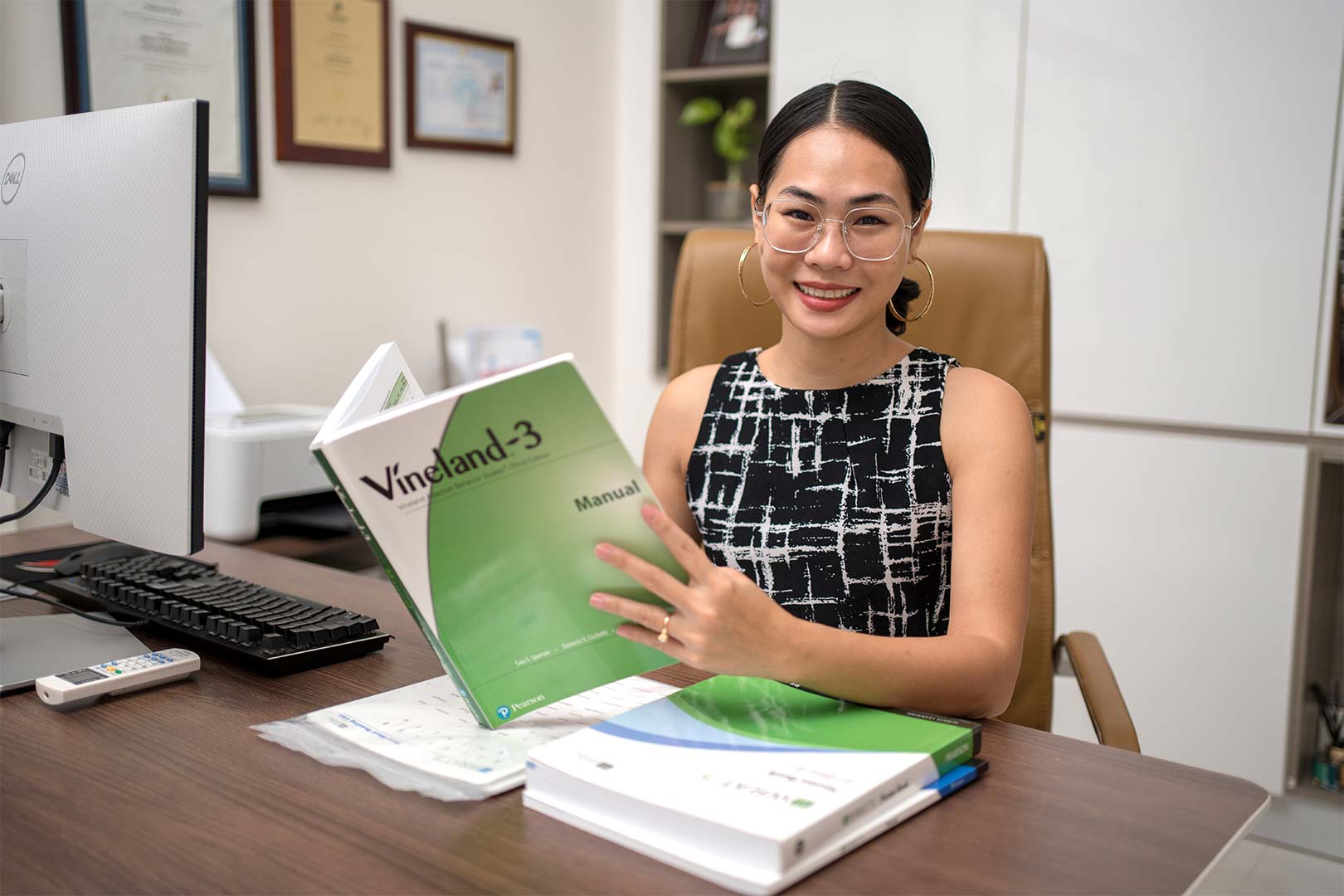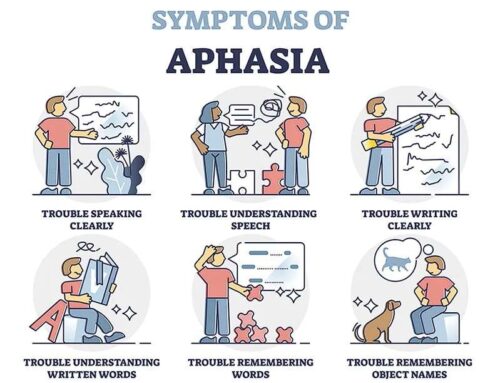Autism Spectrum Disorder (ASD) encompasses a range of neurodevelopmental differences impacting social communication, sensory processing, and repetitive behaviors. Receiving an accurate diagnosis is crucial for accessing appropriate support and navigating life’s challenges. This blog delves into the intricacies of the autism assessment process, offering a clear and objective overview for individuals seeking information.
Initiating the Assessment:
Concerns about potential ASD traits often prompt the initial inquiry. Consultation with a pediatrician, family doctor, or mental health professional is typically the first step. They may conduct preliminary screenings using standardized tools like the Autism Diagnostic Observation Schedule (ADOS) or Social Communication Questionnaire (SCQ). Based on the initial evaluation, a referral for a comprehensive assessment might be recommended.
The Assessment Team:
Autism assessments are typically conducted by multidisciplinary teams comprising specialists with expertise in various areas. This often includes developmental pediatricians, psychologists, speech-language pathologists, and occupational therapists. Each professional contributes their unique perspective to form a holistic understanding of the individual’s strengths and challenges.
The assessment itself is multifaceted and tailored to the individual’s age and specific needs. Key components may include:
- Clinical Interviews: Detailed interviews are conducted with parents, caregivers, and sometimes the individual themselves, gathering information about developmental history, social interactions, sensory sensitivities, and repetitive behaviors.
- Developmental Observations: Specialists observe the individual in various settings, such as during play, structured tasks, and social interactions, to assess communication, behavior patterns, and sensory processing.
- Standardized Assessments: Standardized diagnostic tools like the ADOS or Autism Diagnostic Interview-Revised (ADI-R) are used to evaluate core ASD characteristics across different domains.
- Additional Evaluations: Depending on the individual’s case, additional assessments might be recommended, such as genetic testing or medical evaluations, to rule out any underlying medical conditions.
Interpreting the Results:
Following the assessment, the team collaborates to analyze the collected data and reach a diagnosis. A comprehensive report outlining the findings, strengths, challenges, and recommended support options is provided to the individual and their family.
Beyond the Diagnosis:
Receiving an ASD diagnosis can be an emotional experience for both the individual and their loved ones. However, it also opens doors to valuable resources and support. Early intervention with therapies and personalized interventions can significantly enhance the individual’s quality of life and empower them to reach their full potential.
Important Considerations:
- Assessment wait times can vary depending on location and available resources.
- The specific assessment process may differ based on the individual’s age and needs.
- Seeking support from advocacy groups and community resources can be beneficial throughout the journey.
Understanding the autism assessment process can empower individuals and families seeking a diagnosis. By demystifying the steps involved and highlighting the available support systems, this guide aims to navigate the path toward appropriate interventions and a brighter future.
If you are serious about learning, then one-on-one classes at OrbRom Center are the best way to go. Our experienced teachers will help you achieve your academic goals. Contact us TODAY.
Welcome to OrbRom Centre
Choosing learning support for your child is one of the most important decisions you will make, and I welcome you to discover more about why OrbRom is the best option in Phnom Penh.

H. Sophaneth B.Ed, M.Ed





Leave A Comment